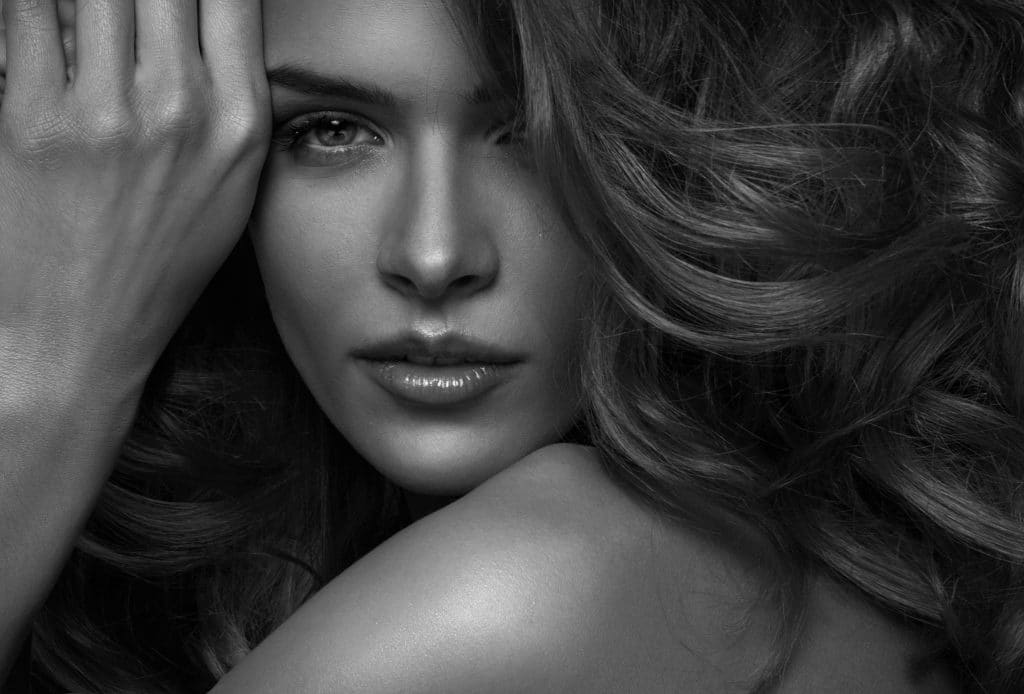The fashion industry is highly competitive, with many girls fighting for a limited number of modelling positions. That being said, successful models come in all shapes and sizes and can be found in a diverse range of modelling niches.
Let’s take a closer look at the different types of female models.
Read some of our other articles on modelling niches:
High Fashion
Most aspiring models want to replicate the work done by models like Tyra Banks and Miranda Kerr. These top models are fashion models, also known as runway or catwalk models. They are regularly seen in publications such as Vogue and Harpers Bazaar and work for the most premium fashion brands around.
High fashion models are the supermodels of the world. They are usually household names and make millions of pounds from brand deals and endorsements.
Naturally, high fashion is the most difficult niche of modelling to get into. This is because it has very strict requirements that models are expected to meet. These requirements are things we do not have control over, such as our height and build, so it only allows for a very small percentage of people to be considered. High fashion markets itself as exclusive, and this is reflected in their choice of models. Most of us could never meet the requirements, even with a strict diet and exercise routine or even with plastic surgery.
High fashion is also incredibly competitive. Most aspiring models want to be high fashion models because these are the models who tend to make the most money and reach the highest levels of fame.
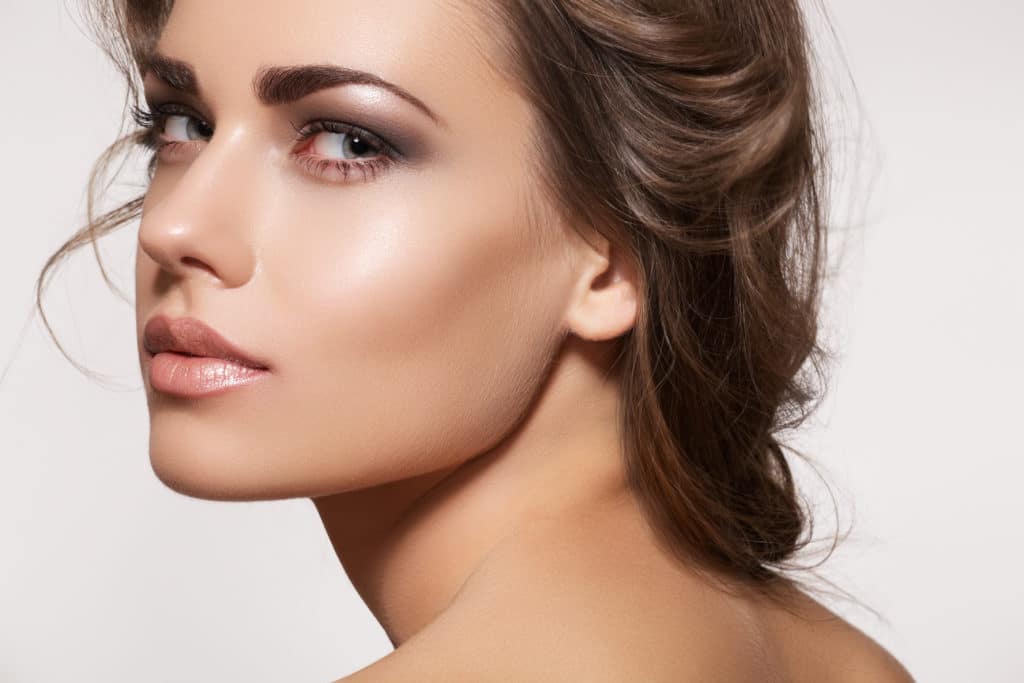
Requirements for High Fashion Modelling
– Age. High fashion models do not have a long career. Most begin working in their teens and retire from high fashion modelling in their late 20’s.
– Height. Female fashion models are expected to be between 5’8″ and 5’11” tall. There are occasionally allowances; for example, Kate Moss was only 5’7″.
– Physique. Female models need to have an hourglass shape. Measurements need to be around 34″-24″-34″ for bust, waist and hip.
– Dress size. Female models need to be a 6-8 dress size.
– Hair is usually a natural colour (no pinks, blues etc)
Commercial Models
Commercial modelling is the most common form of modelling and has many sub-categories. Many of these divisions cross over into one another.
You can see commercial models on TV, in magazines and other publications, and online. Commercial models look more girl-next-door than high fashion models, as they are supposed to reflect their audience.
Commercial models are not typically as famous as high fashion models, but that does not mean they do not enjoy lucrative and successful careers. In fact, commercial models tend to have longer careers because age isn’t as much of a factor in commercial modelling.
The requirements for commercial modelling as also much more relaxed. While brands still tend to prefer tall and slender models, there is more leeway and flexibility.
Let’s take a look at the types of commercial modelling available.
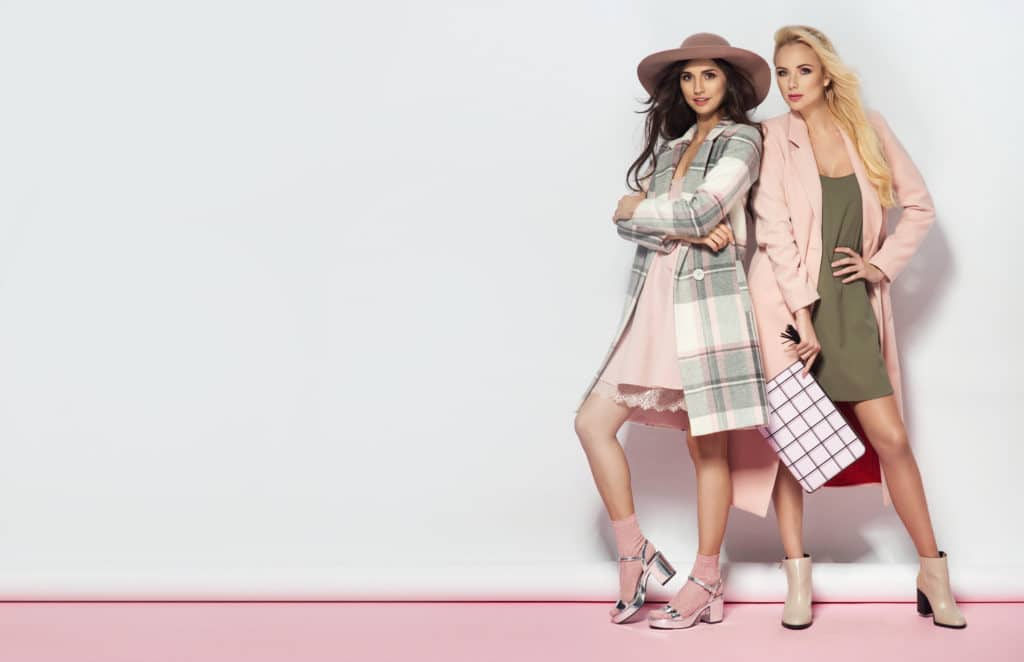
Fitness Modelling
Fitness models are more popular at the moment (and therefore more in demand) as health and fitness have become popular, particularly on social media and due to celebrity culture.
Fitness models must have great physiques or be athletic in some way. They are required for gym and fitness clothing attire, as well as weight-loss advertising.
Fitness models must maintain a strong physique year-round. Their diets and exercise routines are strict because they face losing work if they let their physiques slip. This means being a fitness model can result in making some sacrifices. However, most fitness models live and breathe their fitness, so it doesn’t feel like a sacrifice to them.
Being a fitness model tends to be a part-time job as there isn’t really enough demand to be a full-time fitness model.
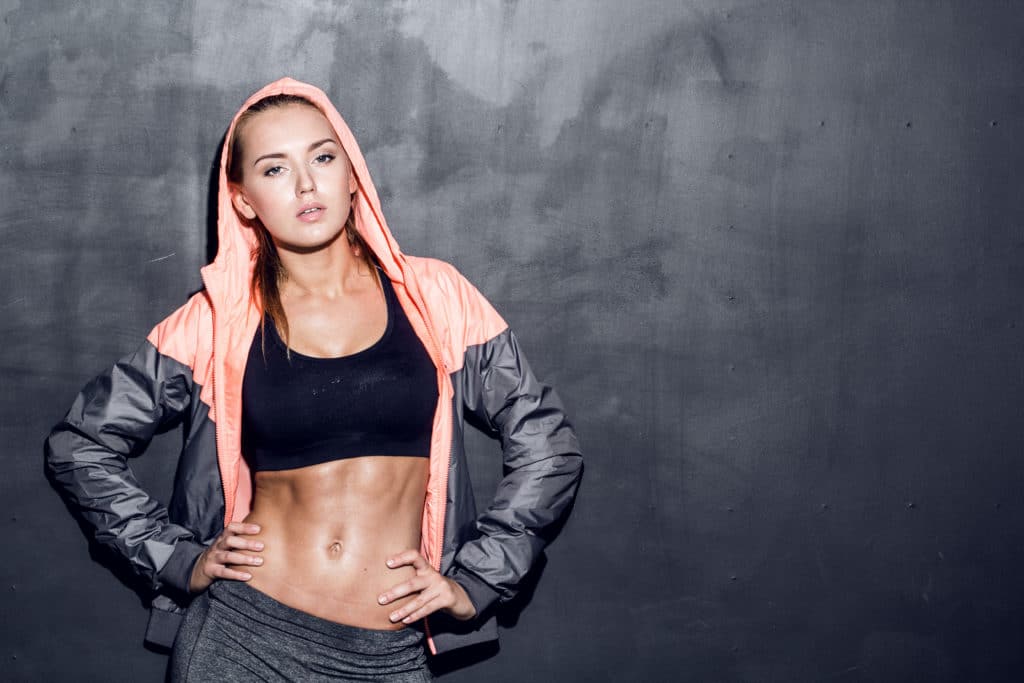
Plus-Size Modelling
Plus-size modelling is a growing niche of commercial modelling. Many brands and modelling agencies have plus-size categories to cater to curvier people.
“Plus-size” can mean different things depending on the niche of modelling. High fashion considers anything above a UK size 10 “plus-size”, while commercial modelling considers a UK size 14 plus-size.
Plus-size models are still expected to have a proportional hourglass physique and relatively flat stomach.
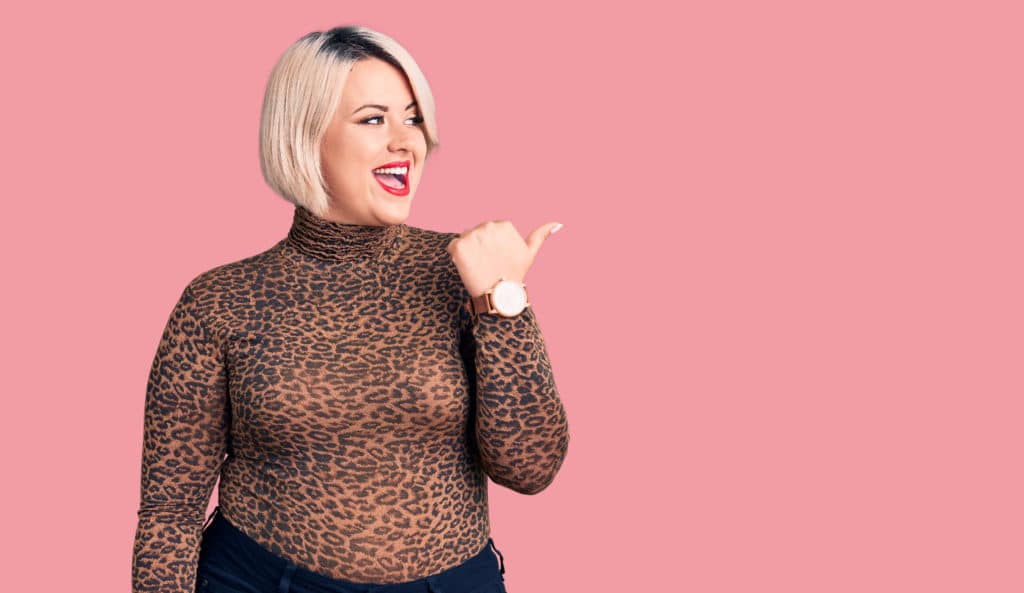
Petite Modelling
Petite models are required for brands who cater to shorter individuals. Again, there are still limitations; most brands won’t work with someone under 5’6″. This is because photography can make people appear shorter, so casting a short model tends to make life harder.
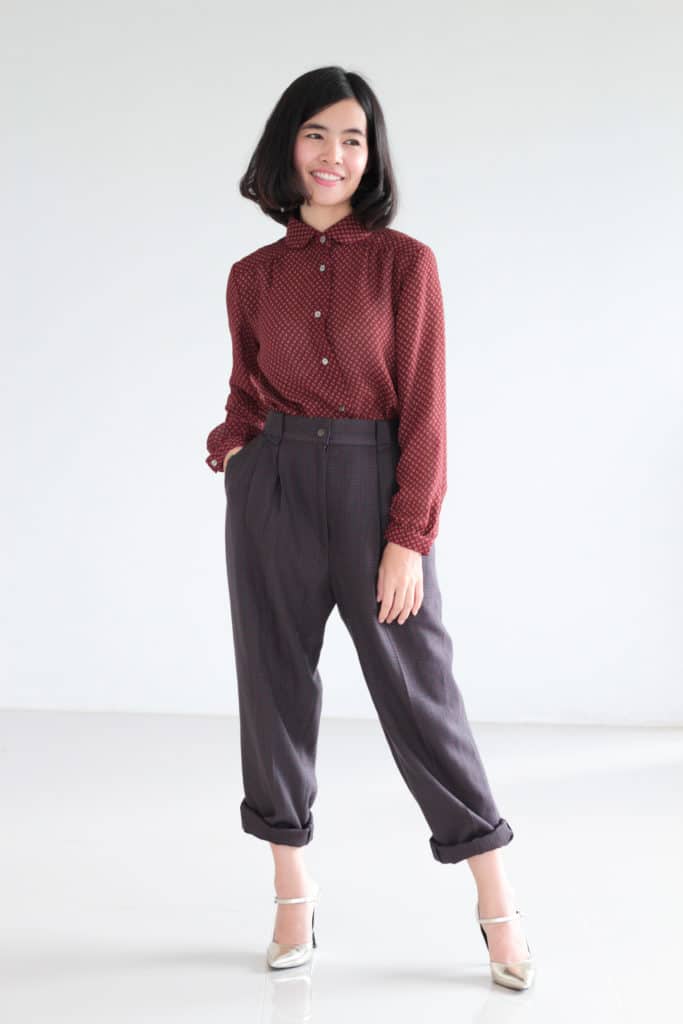
Glamour Modelling
Glamour modelling, also known as lingerie modelling, is a sub-category with a different audience – men. Glamour models tend to work for men’s magazines and websites. Unlike other forms of commercial modelling, their job is to sell themselves rather than a product. They want to appear sexy and attractive.
There are no on-paper requirements for glamour modelling, though there are some unwritten requirements such as having large bosom and an attractive hourlglass figure. Glamour models must also have lots of confidence as they will regularly be posing with little clothing on.
Glamour models must understand the limitations that glamour modelling may cause them before committing to the job. Unfortunately, it may restrict future work.
Glamour models must also be extra careful about their safety.
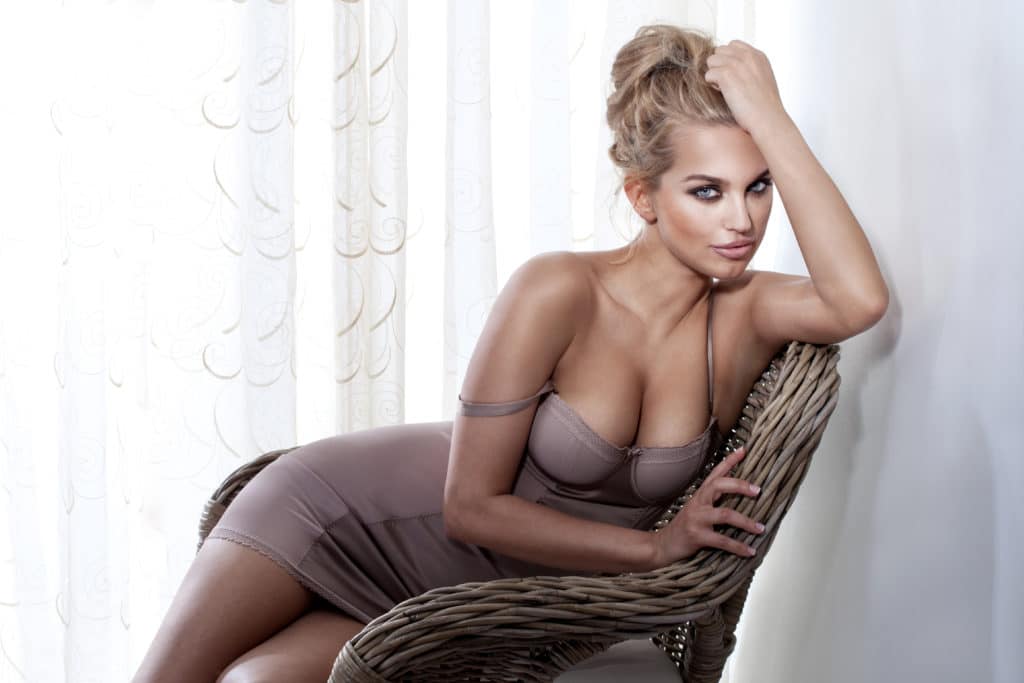
Body-Part Modelling
Body-part modelling is ideal for models who do not meet all the body requirements for regular modelling but who have an above-average body part. Any body part can be used for body part modelling; legs and feet in particular are usually required.
Body-part models are needed for close-up product shots. For example, a feet model will be used for shoe advertisements.
Body part models must make sacrifices to look after their body part. Hand models must avoid anything that may mark their hands. Shoe models must moisturise constantly and avoid wearing heels or shoes that cause bunions or blisters. They must ensure their skin is unblemished; a single mark could cost them a job.
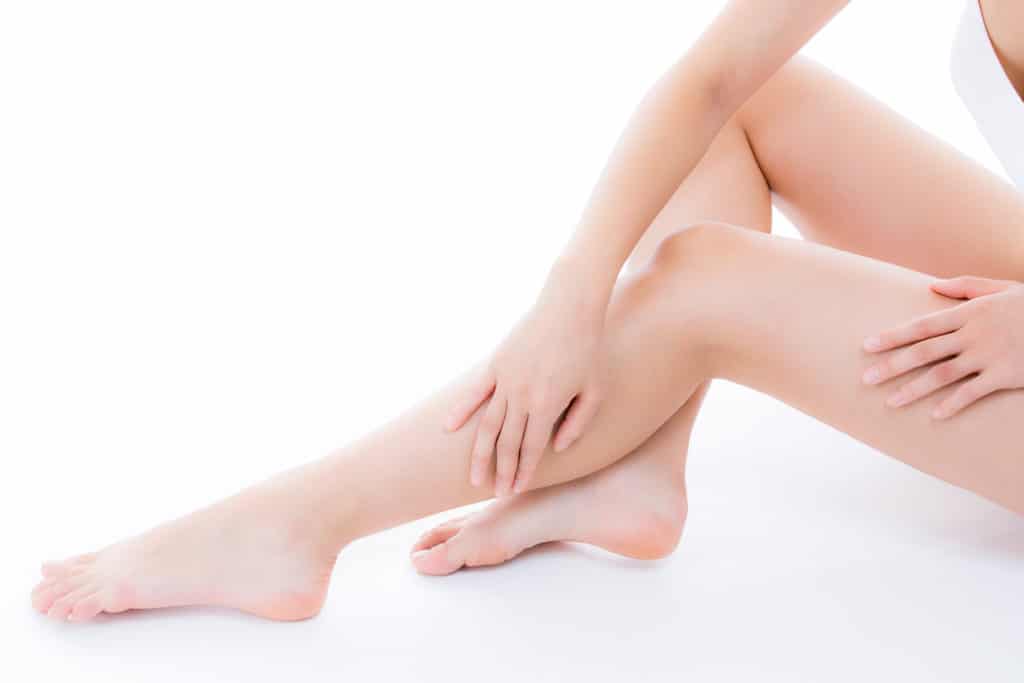
Alternative Modelling
Alternative models are required for brands that cater to a more unusual audience. Models can have body modifications such as tattoos and piercings, and they can wear their hair in many different styles and colours.
Most alternative models are still required to be quite tall and slender with a proportional and attractive figure.
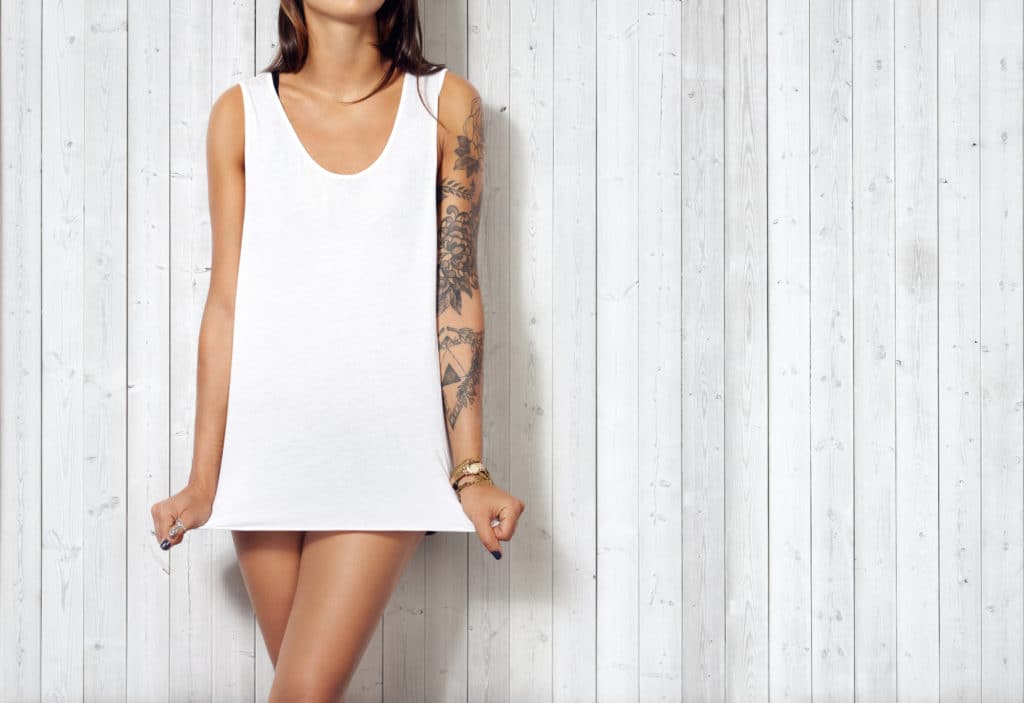
Influencer/Social Media Modelling
Influencer models are those who make their living modelling on social media platforms such as Instagram. Influencer models are responsible for their own image and are usually their own content creators.
To be an influencer model, a model must gain a lot of followers and content interaction on their chosen social media platform. They must attract the attention of brands and companies who have a similar audience. A lot of money can be made through influencer modelling, but it is a difficult and consuming job that requires many hours of work and dedication to do well.
Influencers also tend to face more negativity and backlash than other forms of modelling. Having a career that is purely based on social media opens influencer models to negativity that can otherwise be somewhat avoided in other modelling niches.
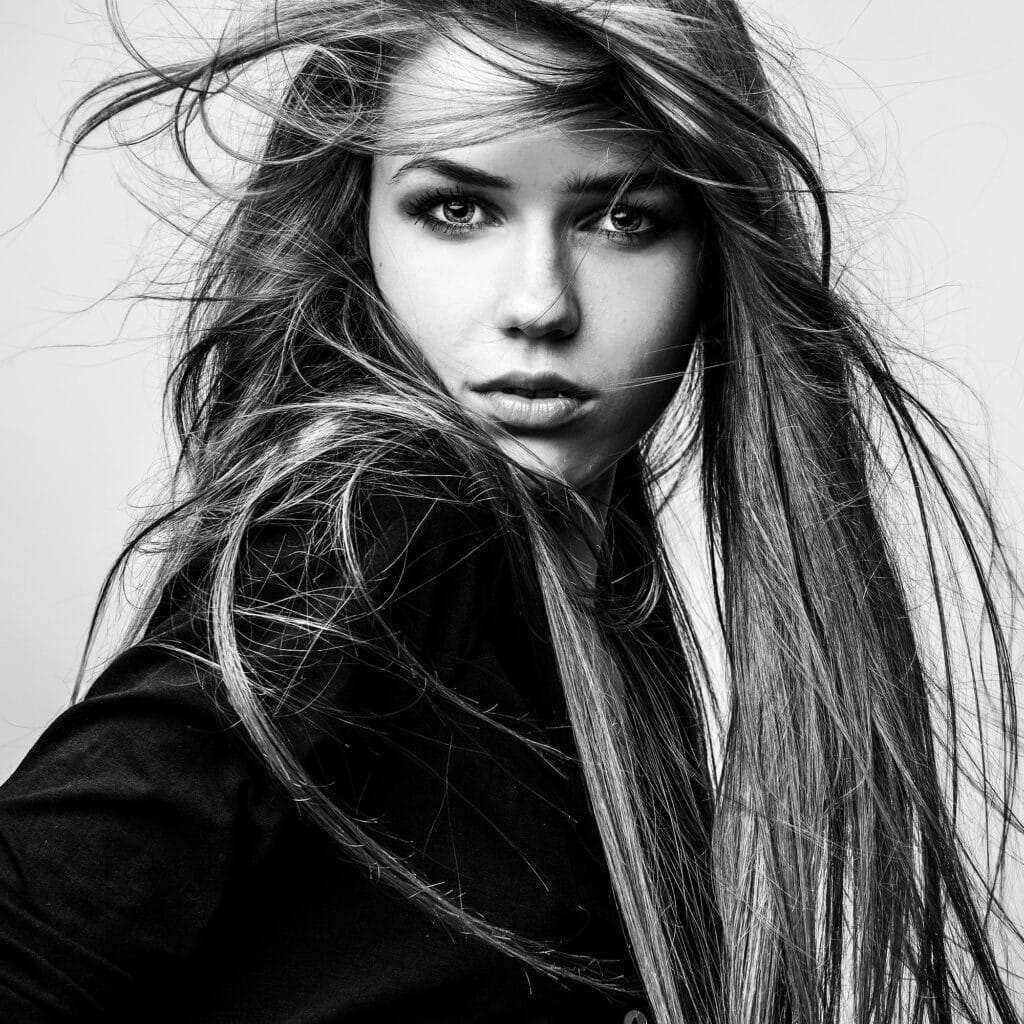
How to Choose Your Niche
To give yourself the best possible chances of success as a model, a model must decide which niche they suit most.
A model who does not suit the niche they are attempting to break into is making it next to impossible for them to succeed.
Instead of trying to break into the niche you want to be a part of, instead think more pragmatically and figure out which niche your look suit most. If you do not meet the strict requirements of high-fashion modelling, try commercial. If you are on the shorter side, look into petite modelling. If you are naturally curvy, try plus-size.
Finding the Right Agency
There are hundreds of agencies out there. Many cater to a specific niche of modelling. To boost your chances of being signed to an agency, you should research which agencies cater to your chosen niche of modelling.
You can apply to as many agencies as you like, as many times as you like. Don’t be disheartened if you are not immediately accepted. All models face some form of rejection during their careers. There are multiple reasons an agency may reject you:
– They may not have room to sign anyone else
– They may already have a model signed with them that looks like you
– Your look may not suit their current clientele
If you are serious about a modelling career, you can’t let rejection stop you from trying.

